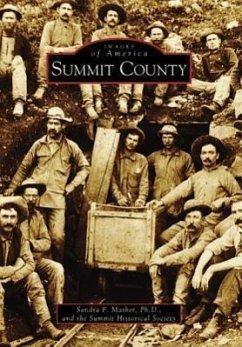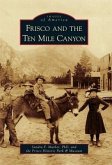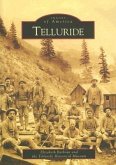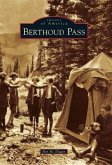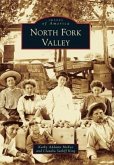In 1859, a group of men from Denver crossed the Continental Divide with the hope of finding gold in the Blue River Valley. Their initial success changed the landscape as towns blossomed across the countryside, and ranches, which provided much needed food, were established along the lower part of the valley. The arrival of the railroads in 1882 facilitated the movement of people and goods in and out of the area. The railroads also made mining operations much more profitable and diminished the isolation of the county's residents. Women and children began arriving in greater numbers in the 1880s, bringing with them the refinements of the Victorian era. The influx of families spurred the establishment of churches, libraries, social clubs, and hospitals and, at the same time, discouraged gambling, drinking, and prostitution.
Hinweis: Dieser Artikel kann nur an eine deutsche Lieferadresse ausgeliefert werden.
Hinweis: Dieser Artikel kann nur an eine deutsche Lieferadresse ausgeliefert werden.

